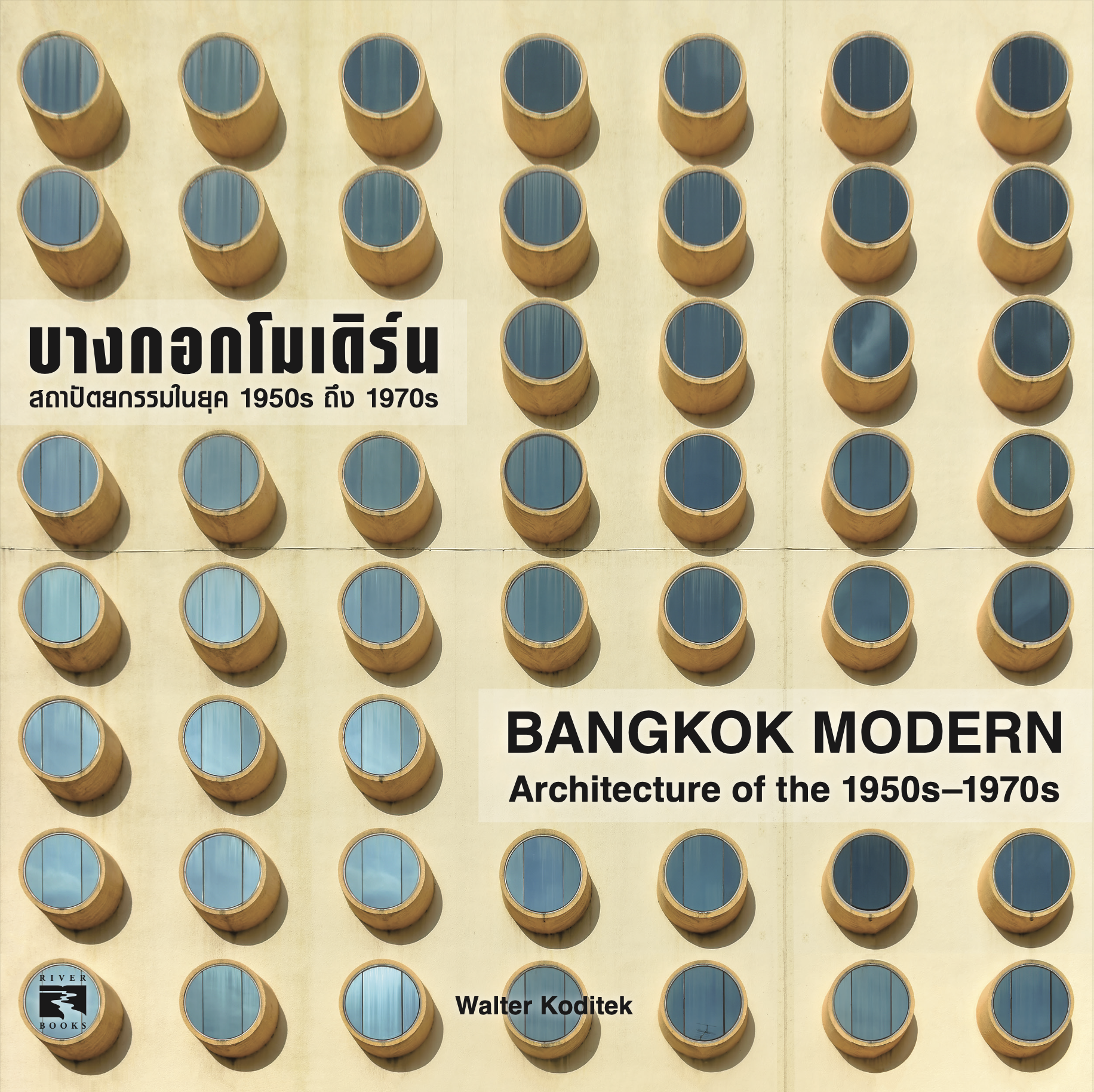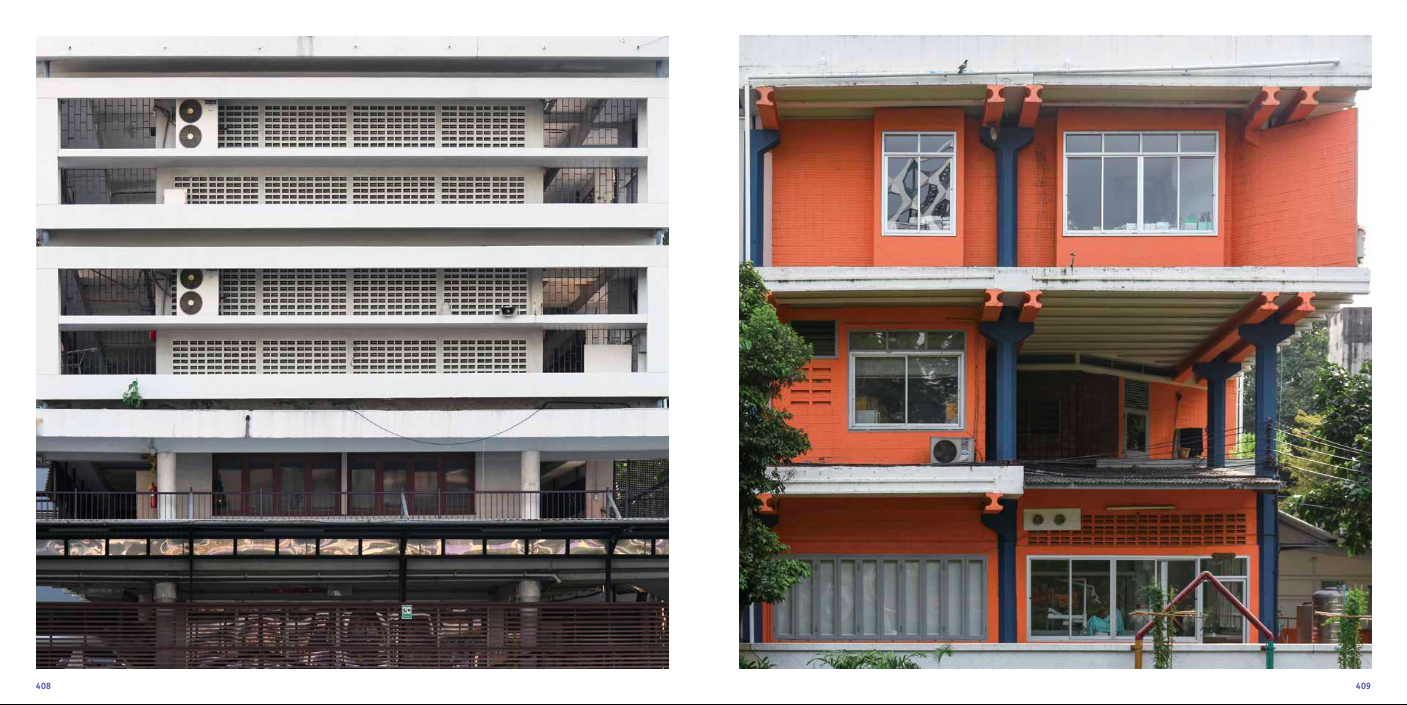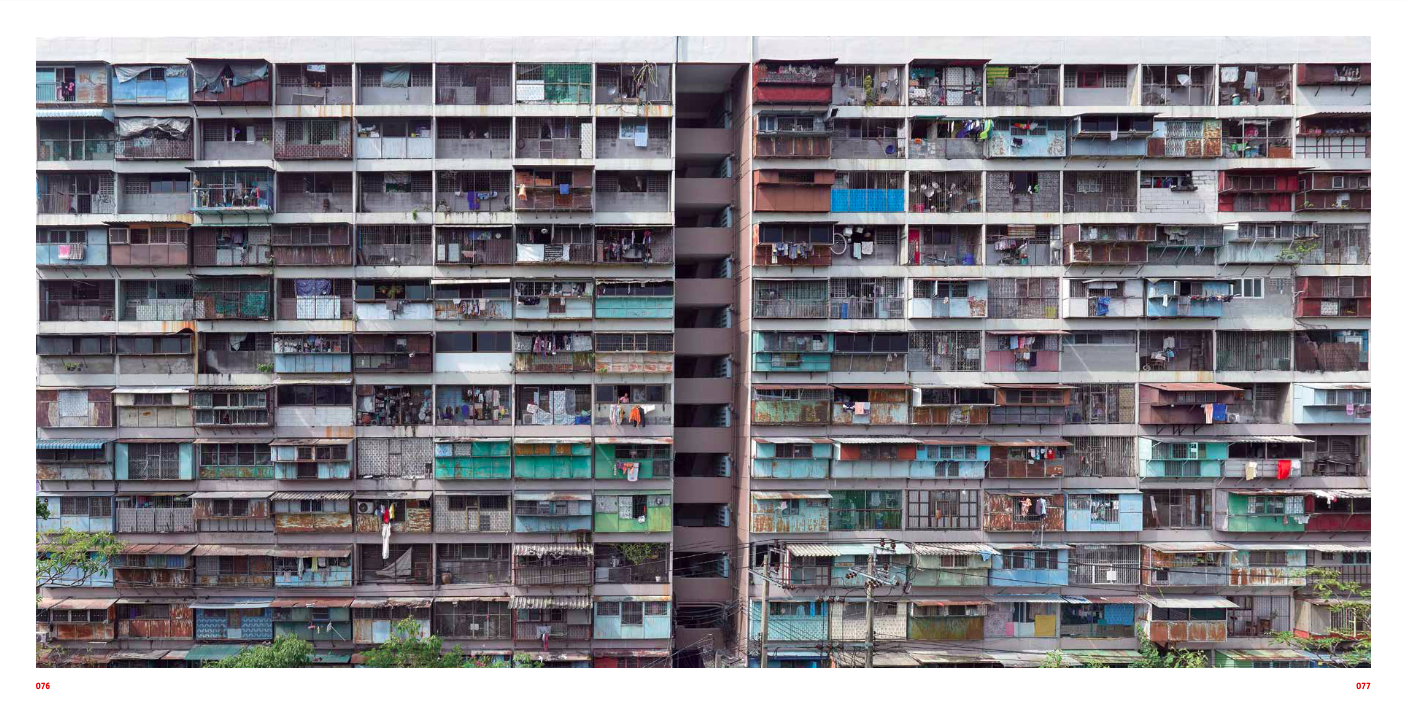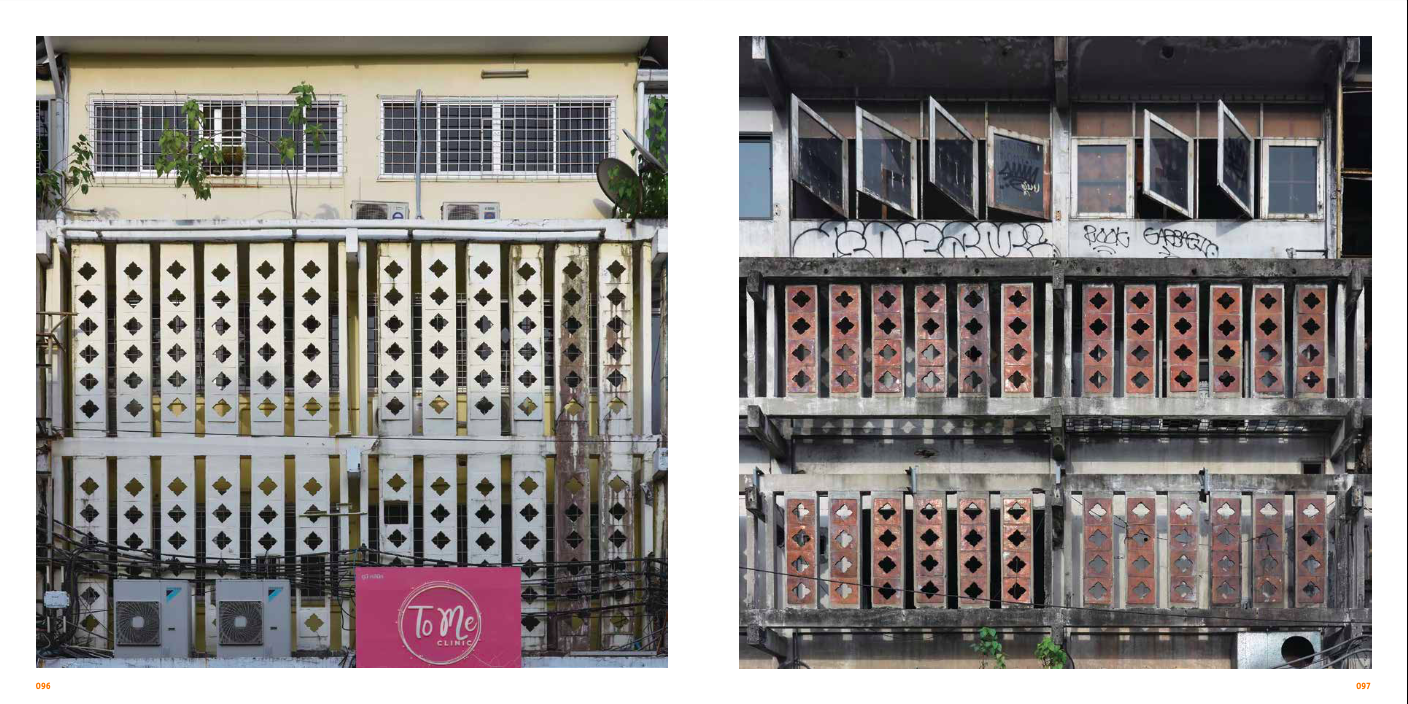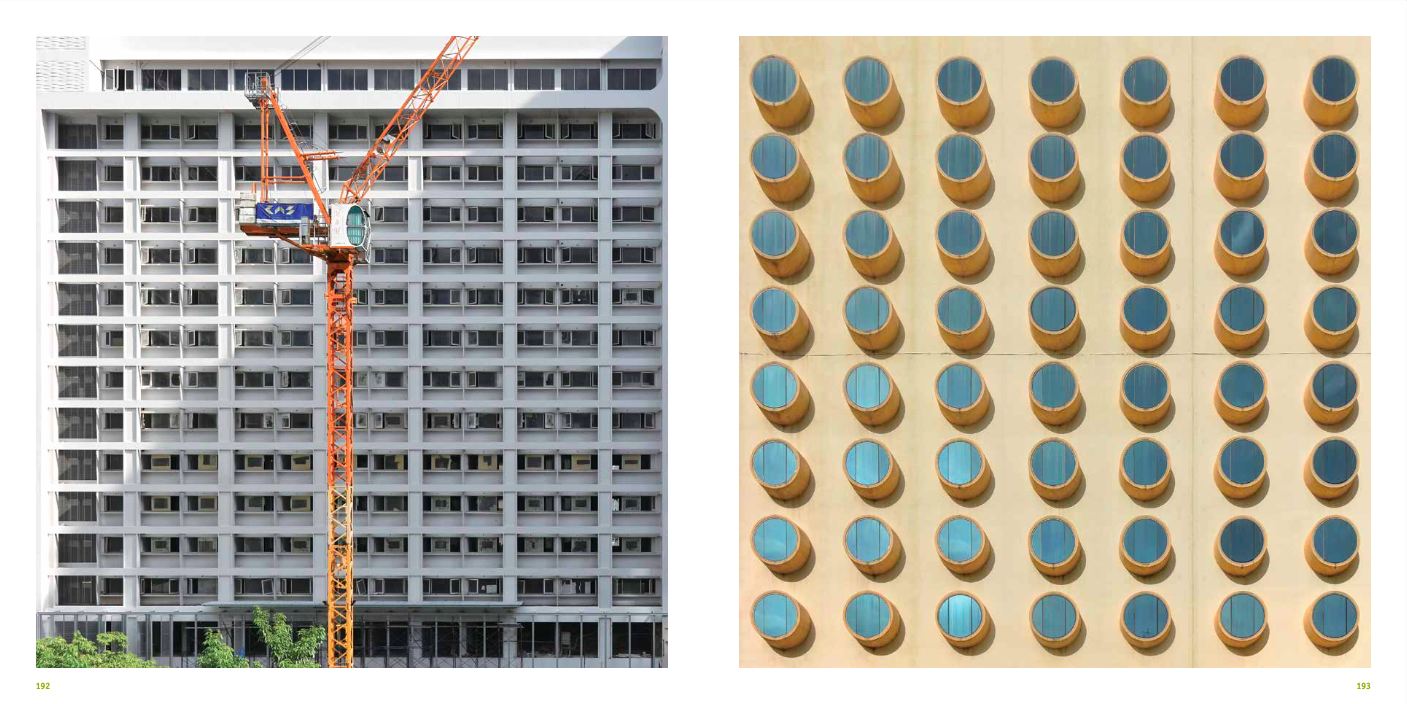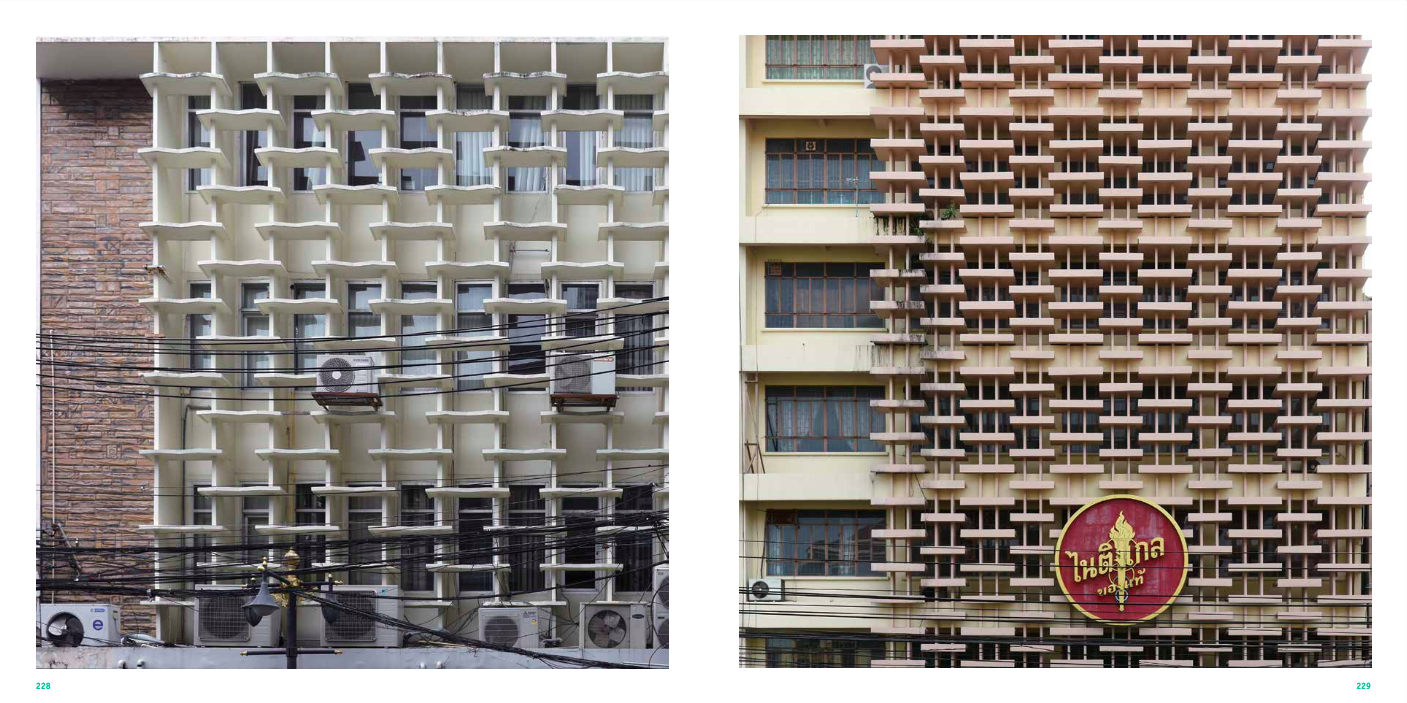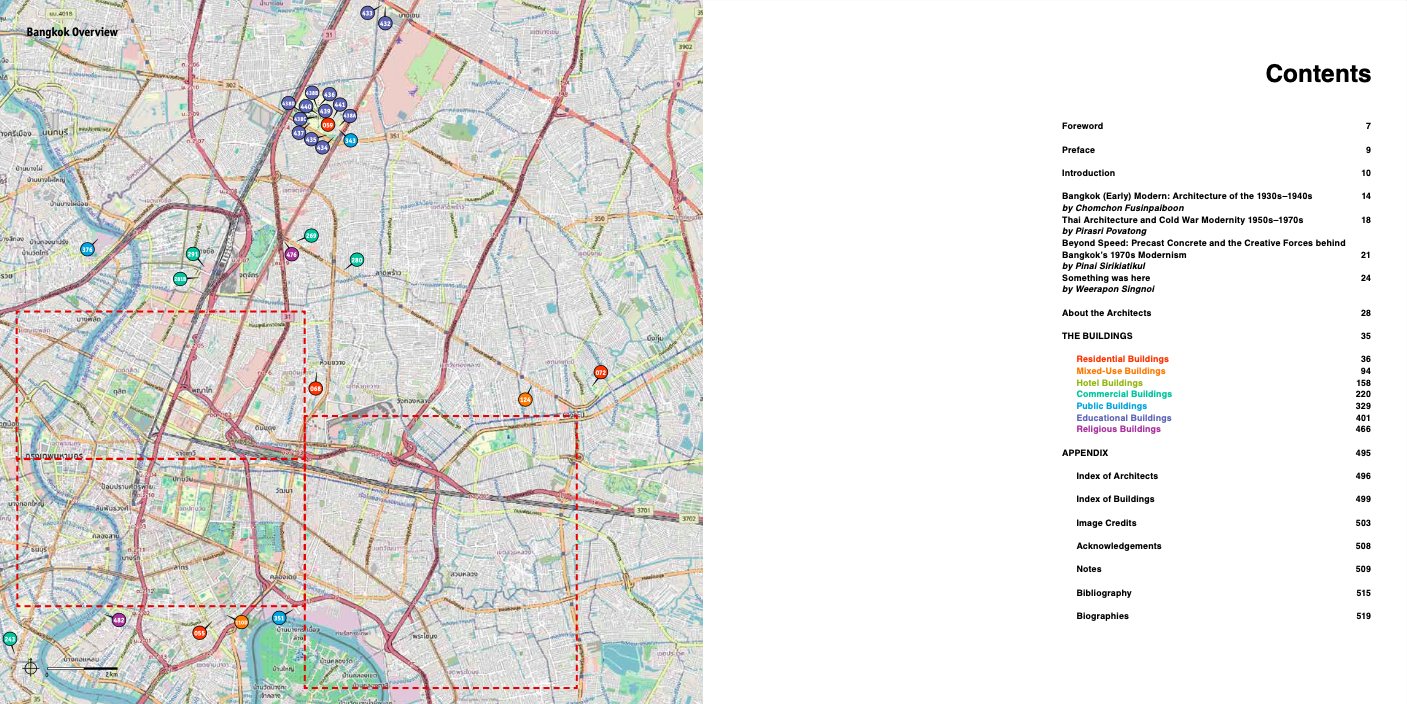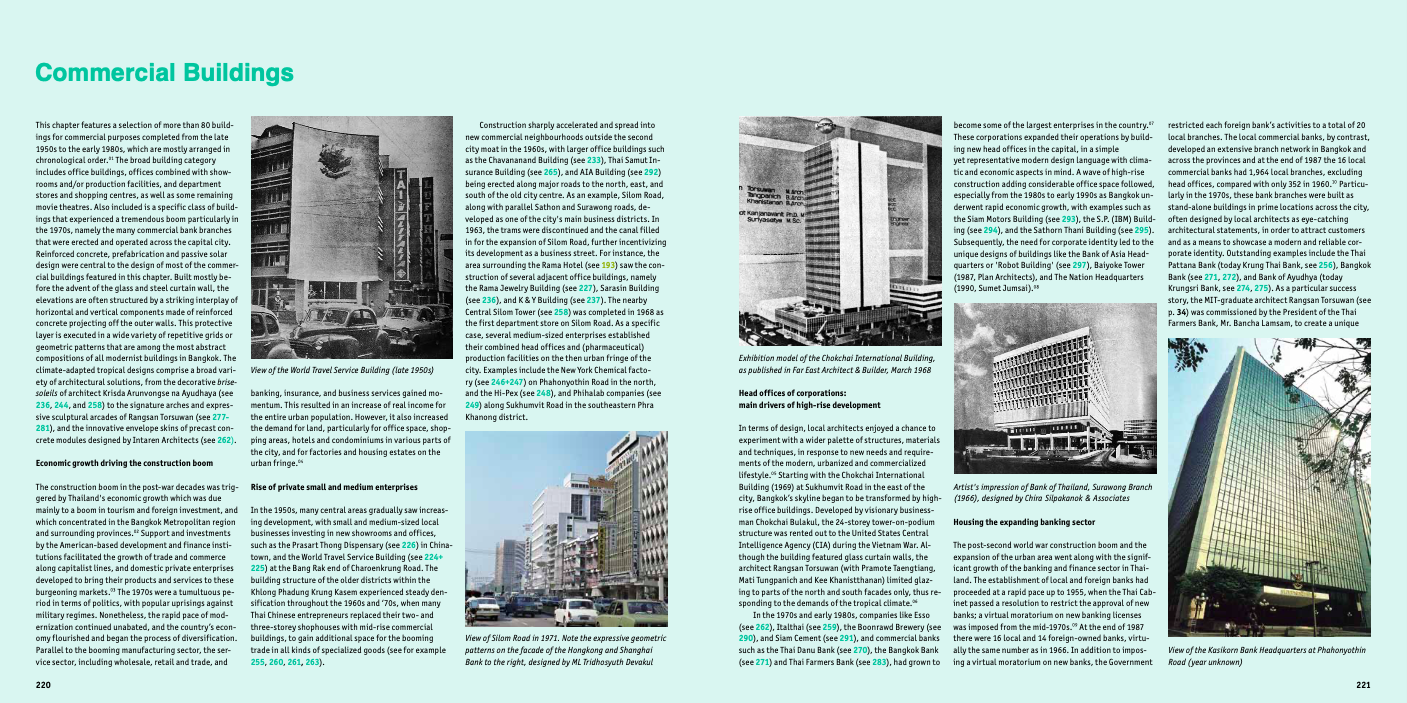Book : Bangkok Modern Architecture of the 1950s-1970s | Walter Koditek
Book : Bangkok Modern Architecture of the 1950s-1970s | Walter Koditek
NEW IN STORE! AVAILABLE NOW.
Bangkok Modern
Architecture of the 1950s-1970s
Walter Koditek
River Books, Bangkok 2025
245 x 245 mm, 2.3 kg
Hardcover with jacket
520 pages, 1,200 images
English
ISBN 978-616-451-101-9
About the book
In the post-war decades, Thai architects, many of whom had studied abroad, embraced modern principles as they were forced to address the pressing demand for residential and commercial space as well as the shortage of public facilities in the rapidly growing capital of Thailand. Although building materials and budgets were limited, their designs were rooted in their time and place, reflecting the local climate, social values, materials, technology and utilization in an often unique and aesthetically pleasing way.
With more than 300 buildings and ensembles documented, the new publication “BANGKOK MODERN Architecture of the 1950s-1970s” by Walter Koditek gives a comprehensive overview of the architecture of that transformative period. The book is conceived as a hybrid compilation - a combination of (a) elements of a coffee-table book with full-page photographs of the building facades, (b) an architectural guide/documentary with text and more b/w images explaining and illustrating the design and historical background of these buildings, and (c) academic essays by renowned scholars of Bangkok's history and architecture - namely Chomchon Fusinpaiboon, Pirasri Povatong and Pinai Sirikiatikul. A photo essay on "Lost Heritage" by the photographer Beer Singnoi (foto_momo), concludes the first part of the book.
While the book does not seek to provide a complete inventory, its unique documentary format, which deliberately mixes well-known architectural masterpieces with more mundane structures under seven specific building categories, invites viewers to comprehend the intrinsic relationships between these built forms and how their designs have been simultaneously shaped by the advent of the international Modern Movement and adaptions to the local context in Thailand. Crucially, the uniform framing and composition of these compelling facade images directs attention not only to often overlooked architectural details, but also to the varied informal appropriations that transformed their modernist characters over time.
The book aims to serve as a reference and enhance knowledge on modernist architecture of the post-war era in Thailand’s capital, and will contribute to the discussion of its architectural merit, historic and cultural values. Even more important, is the documentation of several projects and initiatives for the rehabilitation of post-war buildings and ensembles, as they showcase the adaptive reuse potential and economic viability of modernist architecture. These recent examples demonstrate an immense robustness, flexibility, and capacity for renewal and reinvention built into the modernist building stock, that might also hold important clues for the future urban development of the Bangkok Metropolitan Region (BMR). By reducing demolition and supporting urban redevelopment, the successful renovation and reuse of post-war buildings on a larger scale would potentially help reviving “ordinary” urban heritage and reducing carbon emissions from demolition, construction and transportation.
The publication of the book was supported by the Goethe-Institut Thailand (www.goethe.de), the Association of Siamese Architects under Royal Patronage (ASA) (www.asa.or.th) and Docomomo Thailand (www.docomomothailand.org).
About the author
Walter Koditek is a German urban planner, author and photographer based in Siem Reap, Cambodia. After graduating at the Technical University Berlin, Walter’s first professional life had him practicing for almost two decades at various planning/design consultancies and teaching at the university. In 2006, seconded by German development cooperation, he relocated to Asia, where he worked as an urban planning expert, advising on municipal and national levels in Cambodia and Vietnam. He moved on to Hong Kong in 2014, using the city as a base for his consultant work, and documenting its unique architectural landscape with his camera whenever possible. Walter has always been a strong advocate of cultural heritage conservation. In his second professional life as an author and photographer, he published the photobook Battambang Heritage (2018, Apsara Books, Hong Kong) and coauthored the Architectural Guide Phnom Penh (2020, DOM Publishers, Berlin). While being based in Hong Kong from 2014-2024, Walter focused on the modernist architectural legacy of the city and co-published Hong Kong Modern Architecture of the 1950s-1970s (2022, Apsara Books, Hong Kong, 2023, Dom Publishers, Berlin, and 2024, Blue Lotus Editions, Hong Kong).

